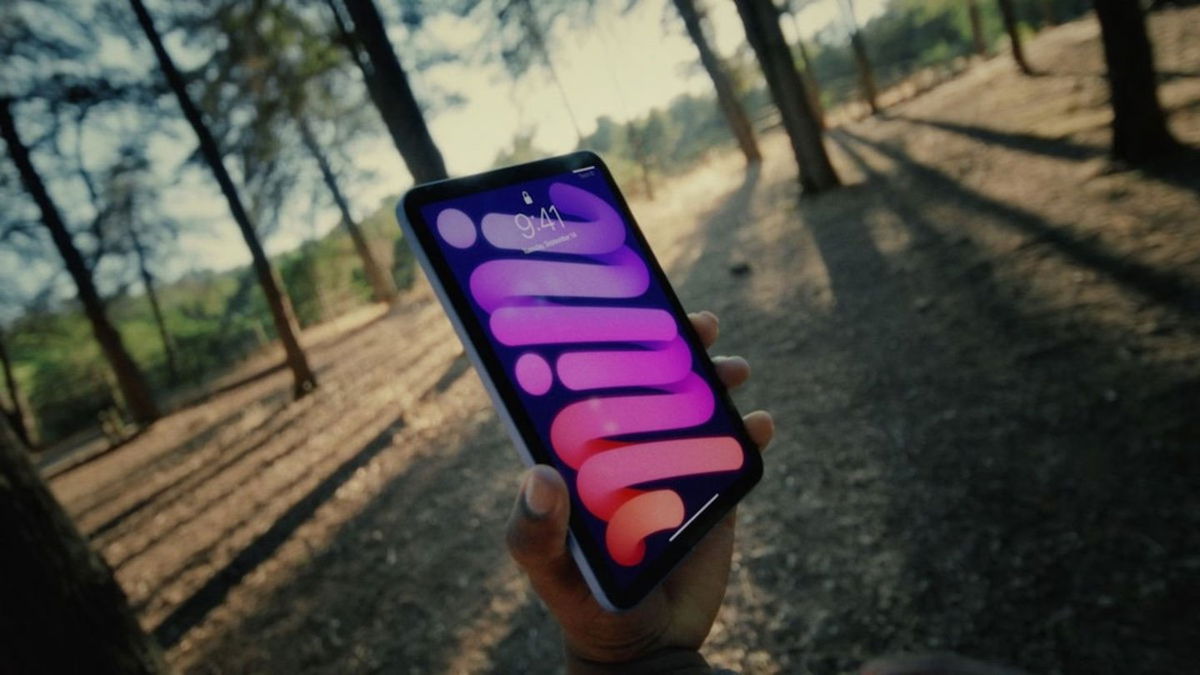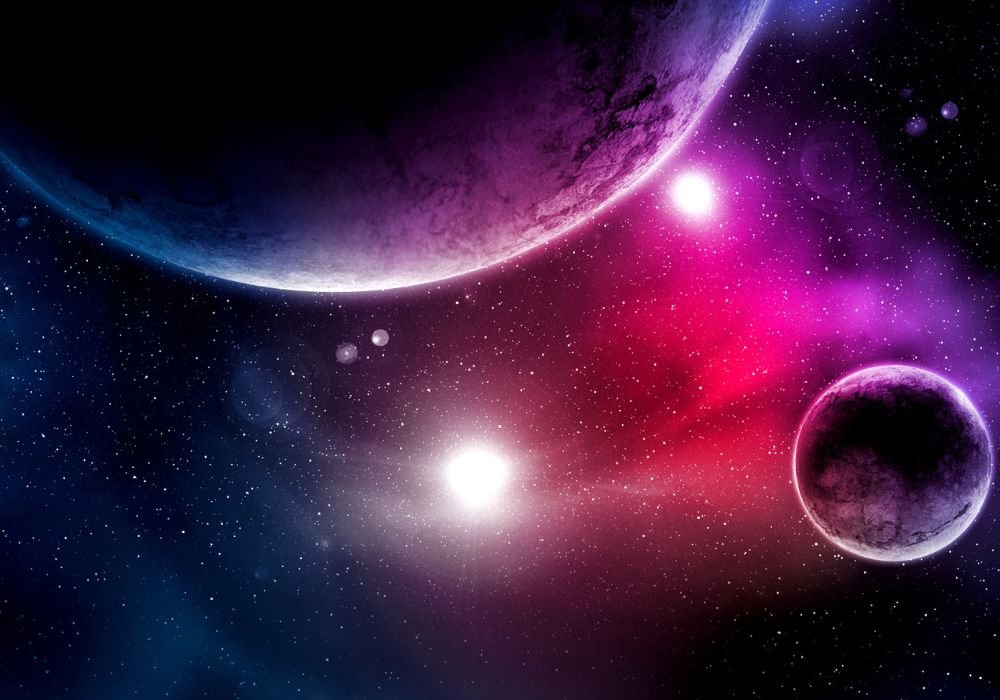Astronomy is a fascinating science that allows us to discover the secrets of the universe. When it comes to understanding the vast universe that surrounds us, One of the most intriguing questions astronomers are trying to answer age of planets and stars.
This information is vital for understanding how the universe was formed after the Big Bang and how it has developed and expanded since then, as well as providing important data for the search for extraterrestrial life.
birth of stars
The first step in determining the age of stars is to understand how they are born. Stars are formed from interstellar clouds of gas and dust known as nebulae. Gravity plays an important role in this process, pulling the material to a central point.
As matter accumulates, the temperature and pressure in the core increase until nuclear fusion occurs, converting hydrogen into helium. This nuclear reaction is what powers the star and makes it shine..
Main series stars
Stars spend most of their lives in the main sequence phase. In this process, They burn hydrogen into heliumIt maintains a delicate balance between gravity compressing them and nuclear fusion pressure pushing them outward.
The age of main sequence stars is determined mainly by the amount of hydrogen they have. Larger stars burn hydrogen faster, Smaller stars have longer lifetimes.
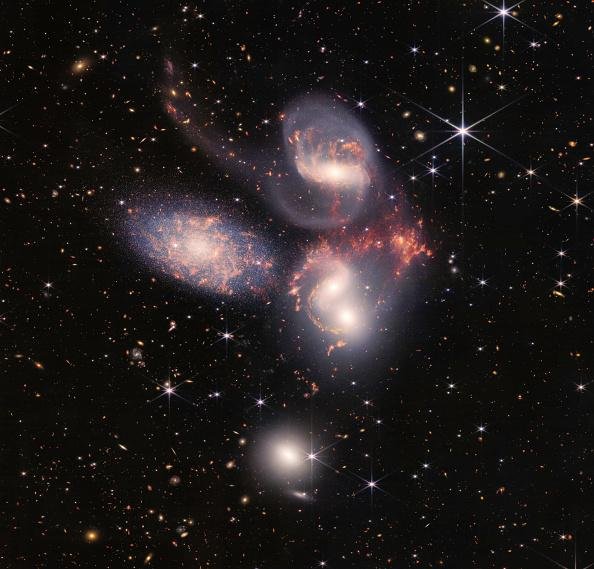
How do astronomers determine the age of stars?
Now that we understand the life cycle of stars, it’s time to explore how astronomers determine the age of stars.
Star dating methods
- Radioactive isotope dating: This method involves measuring the amount of radioactive isotopes, such as carbon-14, found in stars or their surroundings. The decay rate of these isotopes can provide an estimate of the star’s age;
- Hertzsprung-Russell Diagram: Astronomers often use a chart known as the Hertzsprung-Russell diagram to classify stars by their brightness and temperature. This can help determine what stage of stellar evolution a star is in, which can provide clues about its age;
- Age of star clusters: Star clusters are groups of stars that form simultaneously from the same gas and dust cloud. Determining the age of a star cluster can enable the age of the stars within it to be estimated;
- spectroscopy: Analysis of a star’s spectrum can reveal information about its chemical composition and evolution. This can be used to estimate your age;
- gyrochronology: This method revolves around observing a star’s rotation slowing down over time.
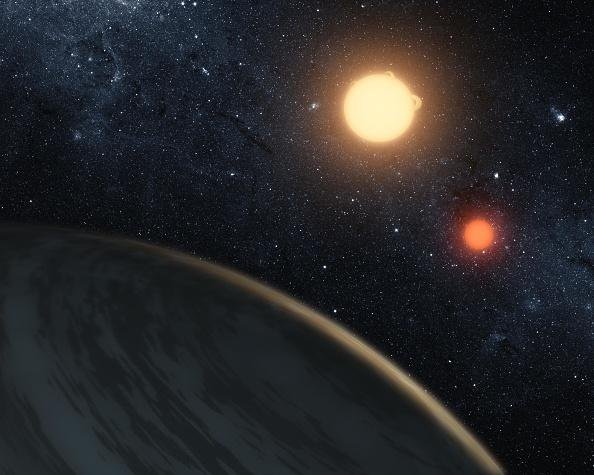
age of planets
planet formation
Just like stars, planets have a history of formation. They arise from disks of gas and dust surrounding young stars. The matter in these disks begins to come together due to gravity, forming planetesimals that eventually come together to form planets.
For planets, measuring their ages is a slightly less difficult task. There are particles called radionuclides in our Solar System that slowly emit energy. These measurements help know the age of a planet and other celestial objects such as meteors.
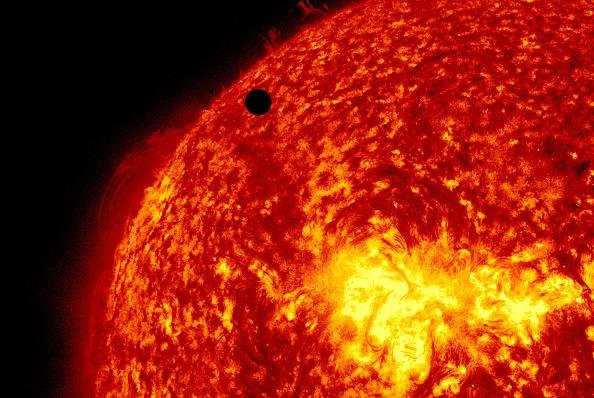
meteor encounter
One way to determine the age of planets is to examine meteorites. Meteorites are pieces of space rock that have remained unchanged since the formation of the Solar System.
By analyzing radioactive isotopes found in meteorites, astronomers were able to obtain an estimate of the age of our Sun. about 4.6 billion years.
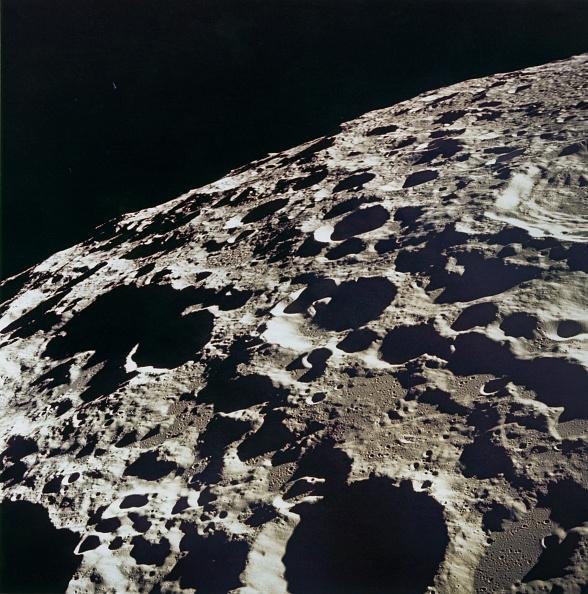
Isotope dating
Like stellar dating, radioactive isotope dating can be applied to determine the age of planetary rocks. Isotopes of elements such as uranium and rubidium decay over time and the ratio between them varies. Daughter and parent isotopes can provide an accurate estimate of a rock’s age.
Determining the age of planets and stars is a remarkable achievement in astronomy. Thanks to advances in dating stars and analyzing planetary rocks, astronomers now have a clearer understanding of the lifetimes of stars and the antiquity of our universe.
Did you like the content? So, stay updated with more curiosities about astronomy like this on TecMundo and take the opportunity to share the article on your social networks!
Source: Tec Mundo
I’m Blaine Morgan, an experienced journalist and writer with over 8 years of experience in the tech industry. My expertise lies in writing about technology news and trends, covering everything from cutting-edge gadgets to emerging software developments. I’ve written for several leading publications including Gadget Onus where I am an author.





